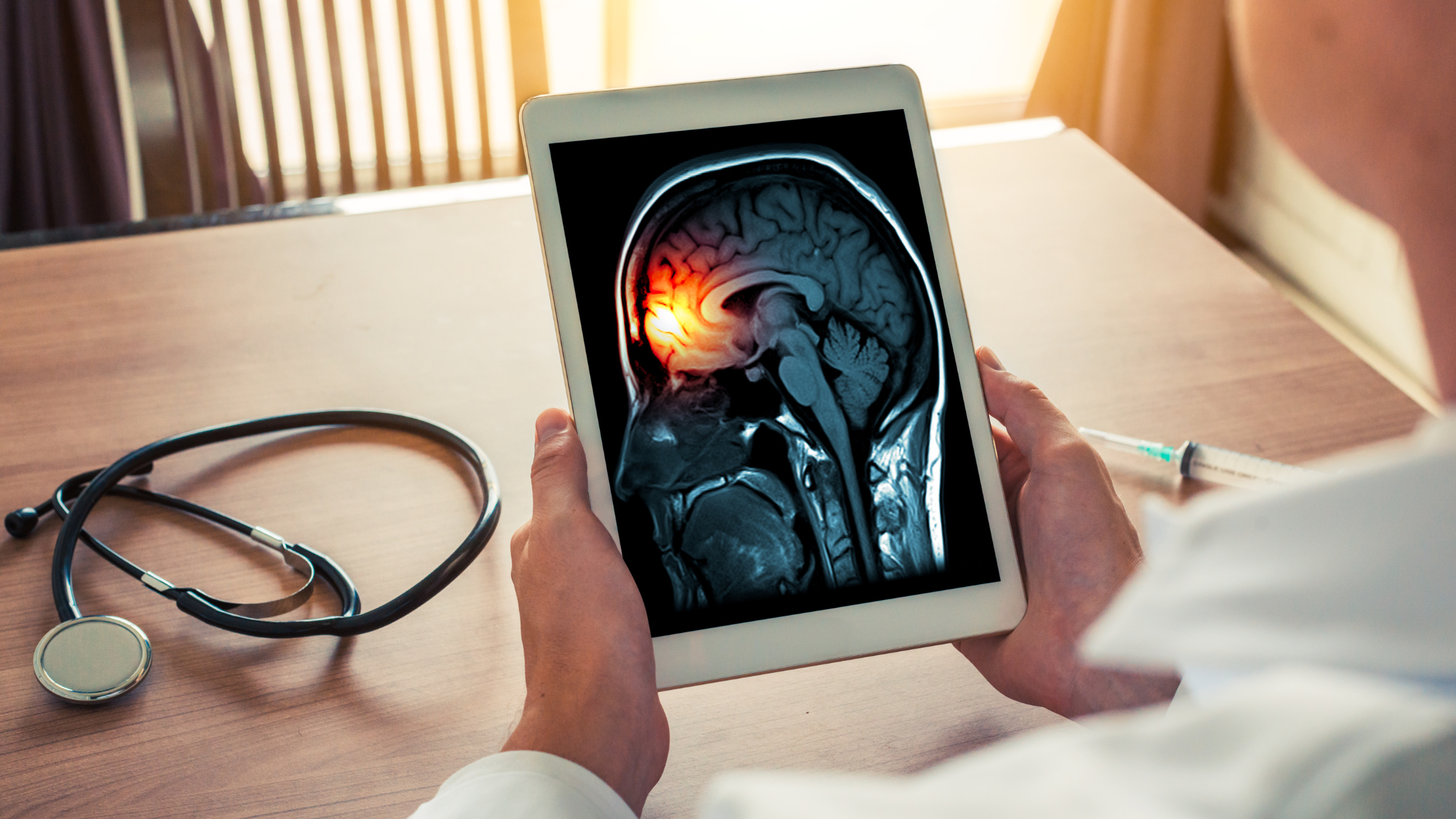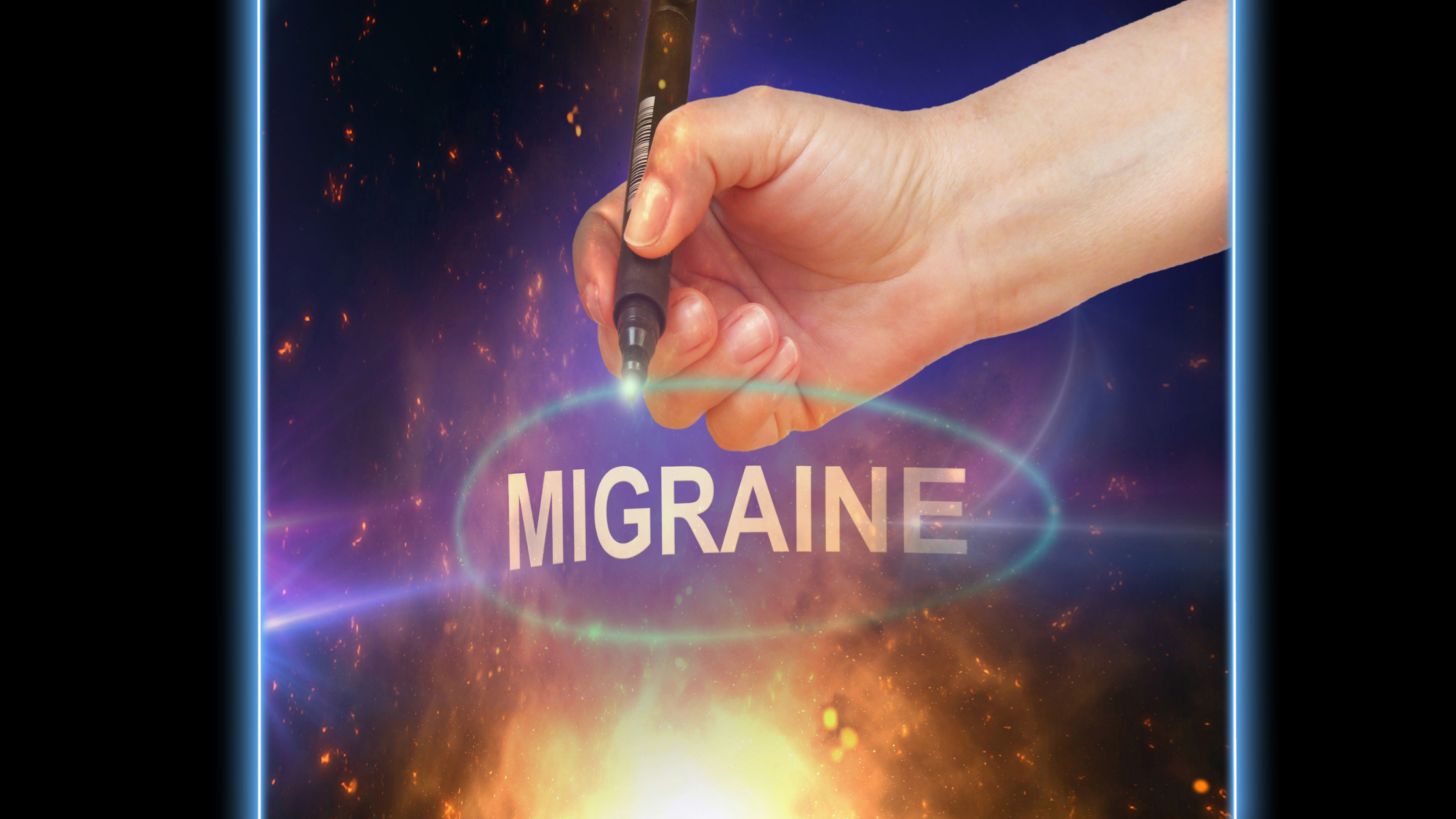What Are Migraines and Do They Change with Age?
Written by TYE Medical on May 3rd 2023
There are headaches–and then there are migraines. Migraines are considered a neurological disease but have different symptoms and treatments than headaches. At least 39 million Americans live with migraines, but it’s likely to be more since many people aren’t diagnosed or don’t seek treatment.
Headaches are the most commonly reported type of pain. You would be hard pressed to find a person who has never experienced a headache, and most people have had at least one tension headache in their lives. No age is safe since headaches plague everyone from young children to the elderly.
Although many people suffer from migraines, it’s still rarer than the common headache. Migraine pain is usually moderate to severe and is accompanied by other symptoms. There are specific underlying causes even if not detected, which is why it’s considered a medical condition.
Let’s take a deeper look at what comprises a migraine and how symptoms may change with time.
What Are Migraine Symptoms?

Migraine symptoms vary and can include different combinations of common symptoms. It’s important that you keep a symptom diary that includes how you feel right before, during, and after a migraine. While headaches typically come and go, a migraine often lasts 4-72 hours if untreated.
Multi-day migraines lasting up to three days aren’t uncommon. Even if medication provides relief, since the migraine is ongoing, it will require additional doses until the pain runs its course at about the 72 hour mark. But it’s possible for some migraine sufferers to experience pain beyond three days.
If you have any combination of these symptoms, you may be suffering from migraines:
- Moderate to severe head pain that can become intense and sometimes unbearable.
- Pain on one side of your head (usually), around your eyes, or behind your checks
- Throbbing, pounding, or pulsating head pain
- Head pain that worsens with physical activity
- Pain accompanied by nausea or vomiting
- Increased sensitivity to light, noise, or smells
- Pain that keeps you from daily activities like school or work (or causes you to struggle through your day)
- Aura symptoms (see below)
- Warning symptoms before the migraine hits (see below)
- Migraine with Aura
Aura are specific symptoms that you might experience right before or during a migraine and are most commonly visual but other types of aura are possible. Only about 20% of migraine sufferers experience aura.
Common visual aura symptoms include:
- Seeing various shapes, flashes of light, or bright spots
- Vision loss
Other types of aura symptoms:
- Difficulty speaking
- Weakness or numbness (in your face or one side of your body)
- Sensing pins and needles in an arm or leg
Aura progresses gradually and can last up to an hour. If it happens before a migraine, then migraine pain is soon to follow. If you have effective migraine medication, early aura symptoms allow time for medication to take effect in the early stages of the process. This can help prevent the worst of the pain.
Warning Symptoms (a.k.a prodrome)
Even if you don’t have migraine with aura, you might experience warning symptoms that occur a day or two before migraine pain. This is sometimes referred to as the “pre-attack” phase and include:
- Fatigue, weakness, or exhaustion
- Increased urination
- Constipation
- Mood changes
- Neck stiffness
- Fluid retention
- Food cravings
- Frequent yawning
It can be difficult to recognize these as pre-attack symptoms as you go throughout your day. But if you learn to pay more attention to the clues your body is giving you, you may be able to stay ahead of migraine symptoms.
It’s important to realize that some people experience mild migraine head pain or no head pain at all. But they still have the other symptoms like nausea, vomiting, sensitivity to light, or even aura and pre-attack symptoms like fatigue. This is especially true as you age.
Post-Migraine Symptoms (a.k.a. postdrome)
Once the migraine attack ends, your symptoms can continue. It’s not uncommon to feel drained and wiped out. You might even feel confused or elated. The pain might briefly return if you make sudden head movements, because the underlying cause hasn’t fully subsided. This phase is often called the “migraine hangover”.
How Many Migraines Are Too Many?

Migraines are classified based on frequency and are considered either episodic or chronic. If you have 14 or fewer headache pain days each month your migraines are episodic. Your migraines are chronic if you have 15 or more headaches every month for at least three months.
In some cases, episodic migraines can become chronic. So it’s important to seek the advice of a doctor and receive treatment. This can prevent chronic migraines for some people.
What Causes Migraines

Migraines still carry an air of mystery as researchers can’t pinpoint what causes this neurological disease. Genetics and the environment seem to be key factors in developing this disorder. While we understand some of the conditions that “trigger” migraines, science isn’t certain how or why those triggers set off a migraine. And it’s not uncommon to have “spontaneous” migraines that require no pattern or trigger at all.
Not everyone will have the same triggers, but there are some environmental and lifestyle factors that are common triggers for many people. These common triggers include:
- Stress (whether good or bad)
- Skipping meals
- Specific foods (different for everyone)
- Too much or too little sleep
- Alcohol
- Weather changes
- Barometric pressure changes
- Hormonal changes (in women)
- Traumatic brain injuries
- Concussions
Migraines can afflict anyone regardless of gender, race, age, or ethnicity. But migraines are three times more common in women than in men, especially during childbearing years. For women, hormones seem to play a big role in the onset and development of migraines.
Migraines When You’re Over 50

Migraine symptoms often change with age. The severity of head pain typically decreases as you get older even though other migraine symptoms remain or become more severe. For women, this is probably due to hormonal changes during and after menopause. Migraines are more common between ages 25 and 50, and only about one third of migraine sufferers will continue to have migraine attacks as senior adults.
Because late-life migraine attacks are often less severe, they’re also more difficult to diagnose. This is because pain isn’t always the primary symptom if you’re in later life. You may experience aura and other migraine symptoms with little or even no head pain.
Migraine diagnoses are also more difficult in older adults because of the other conditions that may be present. As a senior adult, you may be diagnosed with coronary artery disease ulcers, high cholesterol, diabetes, high blood pressure, etc. And any of these conditions can make it very complicated to diagnose a migraine, especially when there is little head pain but still aura symptoms that affect vision.
These other conditions often make treating migraines challenging. Many patients can’t take commonly prescribed medications for migraines because other diseases prevent it. If you have cardiovascular or gastrointestinal diseases, you can’t NSAIDS that are often prescribed for migraines. And if you have high blood pressure, a history of heart attack or stroke, you can’t take Triptans, also common and effective migraine medications.
Many seniors with other underlying conditions receive ‘Botox treatments that have proven effective for migraines. This approach is safe for most other medical conditions and Medicare usually covers it.
How Are Migraines Diagnosed?

If you could get a blood test or scan to determine if your head pain is migraine, diagnosis would be simple. But unfortunately, there are no such tests or imaging that can point your doctor to a migraine conclusion.
You will need to have an honest and detailed conversation with your doctor if you want an accurate diagnosis. Your doctor should suggest a thorough evaluation of your health and symptoms, including a general medical exam and a neurological and physical exam.
You’re doctor might ask you questions like:
- When did your migraine symptoms first begin?
- How many attacks do you have per week or month?
- Are your attacks mild, moderate, or severe?
- What other symptoms do you have along with your head pain? (Any nausea, vomiting, sensitivity to light or noise?)
- How long are your migraine attacks?
- To what degree do these migraine attacks keep you from engaging in your daily life?
- What medications or other treatments have you tried? How effective were they?
- Do you have a relative with severe head pain?
What Are Common Migraine Treatments?

For migraines, it’s not just about treating the symptoms: it’s also about preventing them. This is why migraine medications are classified as either acute or preventative.
You use acute medications during an attack to help relieve pain and stop the migraine’s progression. The medication can shorten the duration of the migraine while easing the pain or freeing you from it. Generally, it’s best to take acute medications as early as possible after you know an attack is forthcoming. These medications might not be as effective if you wait until the pain is severe.
Preventative treatments are intended, of course, to prevent or stop migraine symptoms before they start. Medications are taken daily, but it might be three months or more before you can know whether they are working.
Migraine Recap
If you think you may be experiencing migraines, it’s important that you pay close attention to all of your symptoms in the days before, during, and after the attack. Take detailed notes to review with your doctor. Your symptom journal will be a key factor in diagnosis and treatment of possible migraine and can help rule out other conditions.


